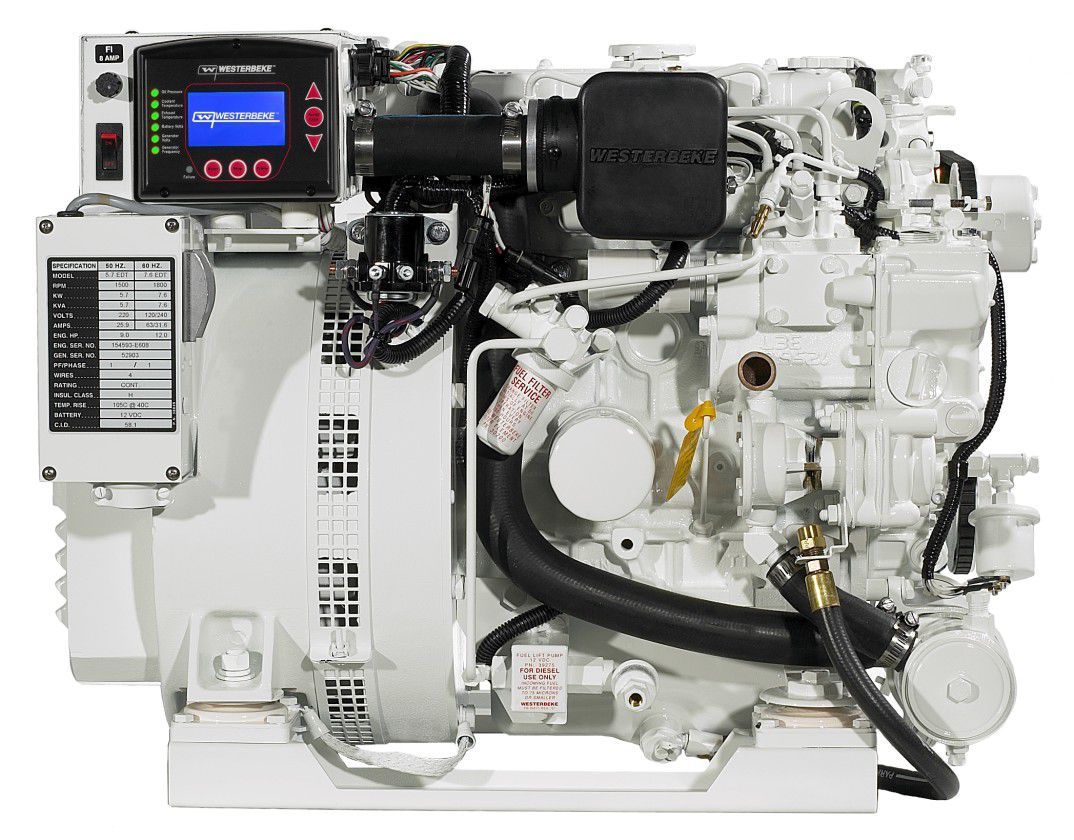
Sourcing custom molds for medical devices and consumer appliances from Chinese manufacturers provides great value but also comes with challenges. This guide covers tips for finding reputable suppliers, understanding specifications and quality control, logistics and shipping, and more when buying medical injection molds and consumer appliance plastic molds from China.
Finding Reliable Mold Makers in China
With thousands of injection mold companies in China, finding a reliable partner is crucial. Focus on mold makers with:
- Certifications (ISO 13485, ISO 9001) showing adherence to quality management standards for medical devices or appliances.
- Experience specifically creating the type of mold you need.
- A medical injection mold maker should show medical device projects in their portfolio.
- Modern equipment and capabilities fitting your mold specifications.
- Strong English communication skills for easier collaboration.
- Positive client reviews and testimonials.
- Reputable partners should connect you with past buyers.
Shortlisting a group of 3-5 top candidates based on reviews, certifications, capabilities and ensuring they understand your requirements sets the project up for success.
Defining Requirements for Your Plastic Mold
Providing detailed specifications and requirements to mold makers during quoting will produce accurate pricing and time estimates. Be clear on:
- Plastic material (ABS, PC, PP, etc.)
- Part dimensions and tolerances
- Textures, branding embossing needs
- Multi-cavity preferences
- Annual output quantities needed from the mold
- Functionality testing parameters
Additionally, supply 3D model files or 2D technical drawings of the finished plastic part needing production.
Top medical injection mold and consumer appliance plastic mold makers have in-house designers to evaluate models and suggest design for manufacturability (DFM) improvements before precision CNC machining begins.
Evaluating Injection Mold Quotes
Vet quotations from remaining mold makers against your defined specifications. Compare on:
- Tooling costs – should fit your project budget
- Production lead times – align with your go-to-market plans
- Quality testing procedures – critical for medical device & appliance molds
- Warranties in case of defects – 1-2 years is common
- Expected longevity of mold (shot count rating) – 100k – 1M cycles+
- Post-sales & production support services – vital for overseas buyers
Don’t simply default to the lowest bidder. Weigh total value encompassing quality, testing, warranty terms, longevity estimates against tooling investment. Then sign contracts re-affirming chosen supplier commitments before production starts.
Overseeing Mold Design, Machining & Sampling
Stay involved through the mold creation process by requesting:
Design Confirmation
- Initial 2D technical drawings from the manufacturer showing tooling layout. Ensure it matches provided 3D finished part data.
Machining Updates
- Photos or video displaying work in progress on CNC milling of mold components. Helps avoid late stage design discrepancy issues.
First Article Inspections
- 3-5 initial mold samples for dimensional, functional validation testing against specifications. Critically important for medical molds.
Thorough first article inspection reduces risks of defects down the line after tools are shipped and full production begins. While undesirable, it is sometimes necessary to request adjustments from the factory if sampling uncovers issues needing refinement like warpage or poor part clearance.
Take responsibility upfront before export to avoid headaches later.
Holding Suppliers Accountable with Quality Agreements
Formal quality control agreements elevate accountability, ensure shared commitments are measurable beyond a purchase order. Well-drafted arrangements highlight:
Verification Milestones
- Required machining, sampling approvals by buyer at each major step – enforce checkpoints
Testing Plans
- Measurements, performance thresholds needing verification before release
Documentation
- Details signoff protocols, certifications necessary for compliance
Refinement Parameters
- Permitted number of adjustments, delivery impacts, and cost allocations to fix issues found
Offboarding Clauses
- Rights to reassign tooling machining if extreme quality issues remain unresolved
Tough quality agreements drive discipline into the buyer-seller dynamic, protecting end consumers of devices and appliances. Both parties should sign with the upmost commitment.
Take Charge of Logistics, Shipping & Customs
Mold delivery logistics from China demand special attention, particularly for oversized tooling. Medical molds also often need accreditation passing customs regulations in destination countries.
Oversized Load Transport Planning
Use established freight forwarders familiar with coordinating Chinese exports. Prepare required crating permits, bonded trucking, flat rack containers and port storage from factory departure through arrival.
Proforma Invoices
Itemized declarations provide officials with mold costs, dimensions and intended purpose for appropriate import duties assessment.
IP Protection
Always ship molds in secure crates concealing specialized medical tooling away from prying eyes. Be cautious of unscrupulous brokers.
Cleaning & Storage
Inspect for debris, pests or corrosion. Add machine oil for rust protection in humidity. Store indoors away from sunlight, stacked properly avoiding load imbalance.
The best safeguard is working with well-vetted, ethical suppliers invested in your entire experience using the mold, not just the initial sale.
Sustaining Quality with Follow-Up Evaluations
A mold maker’s responsibilities don’t just end once tools get delivered. Insist on scheduled reliability audits as the baseline for judging real lasting production quality over annual cycles. Reach agreement upfront on:
Sampling Frequency
- How often to pull parts batches for dimensional, performance checks – although random verifications are also prudent. Agree on party bearing costs.
Tool Upgrade Terms
- Number of years manufacturer will provide free maintenance if wear issues emerge like fouling or cylinder leaks causing bad parts. Include damage coverage from running unapproved plastic resins. Define pricing should entire replacement become necessary beyond standard lifespan.
Onsite Inspections
- Right to inspect other active projects in-factory to spot check quality adherence, equipment maintenance and gauge ongoing capabilities. Especially useful before placing additional future orders.
Conclusion
Sourcing molds for critical medical devices or consumer appliances requires diligence across the entire builder-buyer lifecycle. But taking the right precautions elevates the likelihood of a successful long-term outcome. Do you have experience buying molds from China? Please share your lessons learned below!

Tech Hub Digital, a one-stop destination for complete technology-related information.

